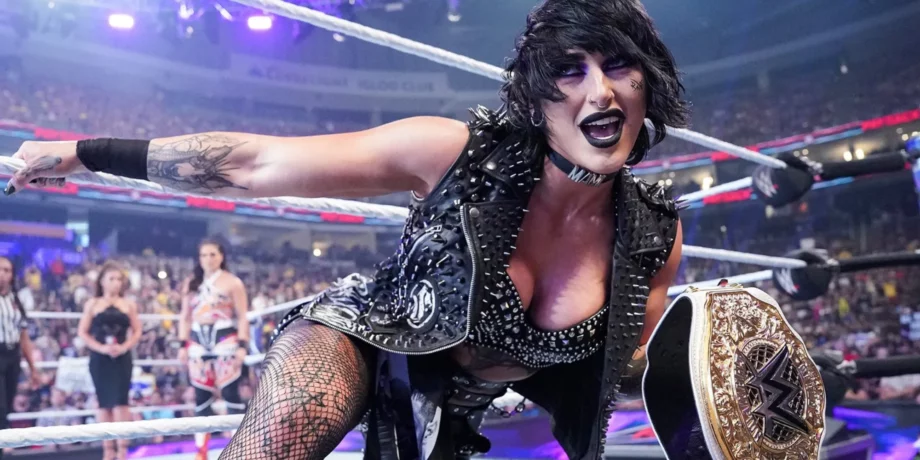In the world of professional wrestling, injuries are a common occurrence. Although some may dismiss the physical demands placed upon wrestlers as fake, the reality is that these athletes often face serious, genuine injuries. These injuries can result in extended periods of time off for surgery, rehabilitation, and recovery, and can even lead to titles being vacated.
Unfortunately, the standards for handling injuries in women’s wrestling seem to be even less fair compared to their male counterparts. Over the past two decades, women’s wrestling has evolved significantly, with female superstars now headlining major events. Despite the progress, the handling of injuries in women’s wrestling can still be controversial.
The recent injury to Rhea Ripley, which led to her relinquishing her title, has sparked debate. While it’s acknowledged that her injury may be more serious than outsiders realize, the decision to force her to drop the title without a fight feels unjust to some. Comparisons have been drawn to how injuries are managed in men’s wrestling, where champions like Seth Rollins have been allowed to retain their titles during injury absences.
The disparity in treatment between male and female wrestlers in these situations has fueled discussions about fairness and equality in the industry. There is a sense of disappointment that wrestling’s storytelling potential is not being fully explored in these situations. It is felt that there were alternative ways to handle Ripley’s injury that would have allowed her to keep the title and maintain the illusion of the sport, while also creating compelling narratives for her and her competitors.
The hope was that under the guidance of figures like Triple H, the industry would address real-world issues like injuries in a more respectful and engaging manner. While the focus remains on the recovery of injured wrestlers and their eventual return to the ring, there is a desire for more thoughtful and creative approaches to how these situations are managed in the future.
